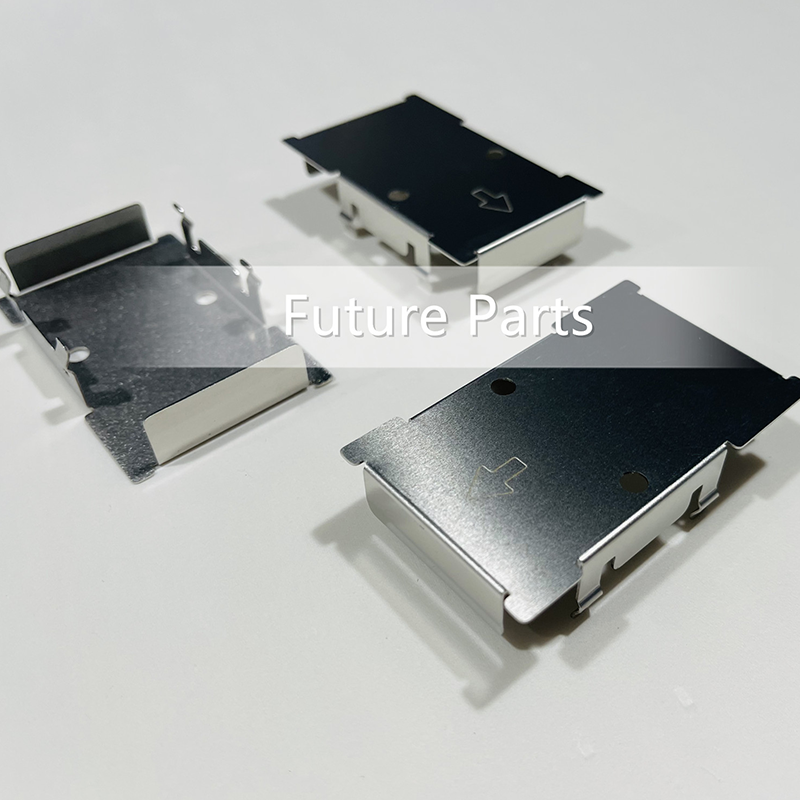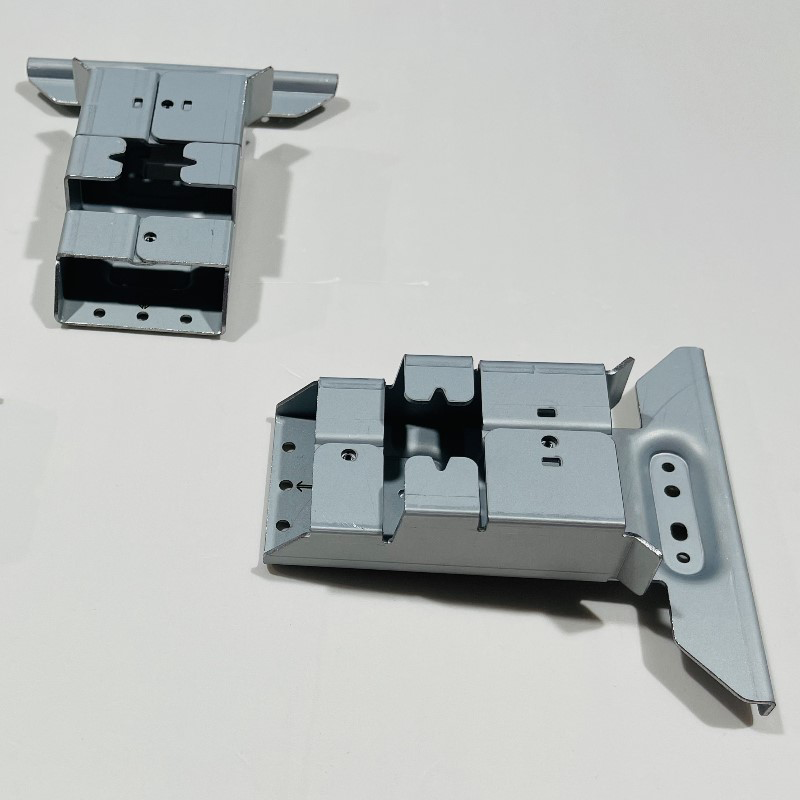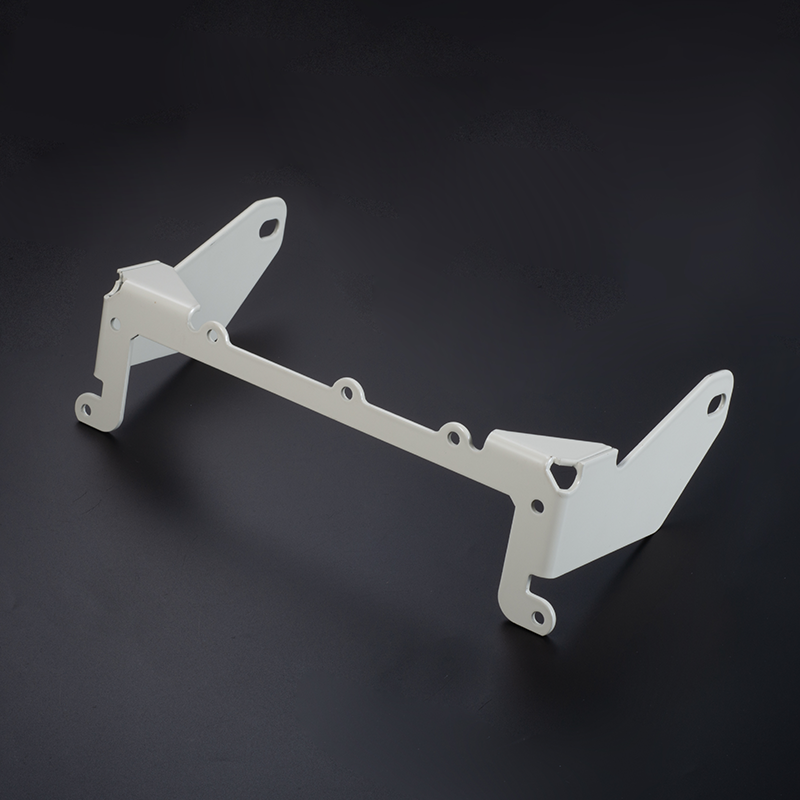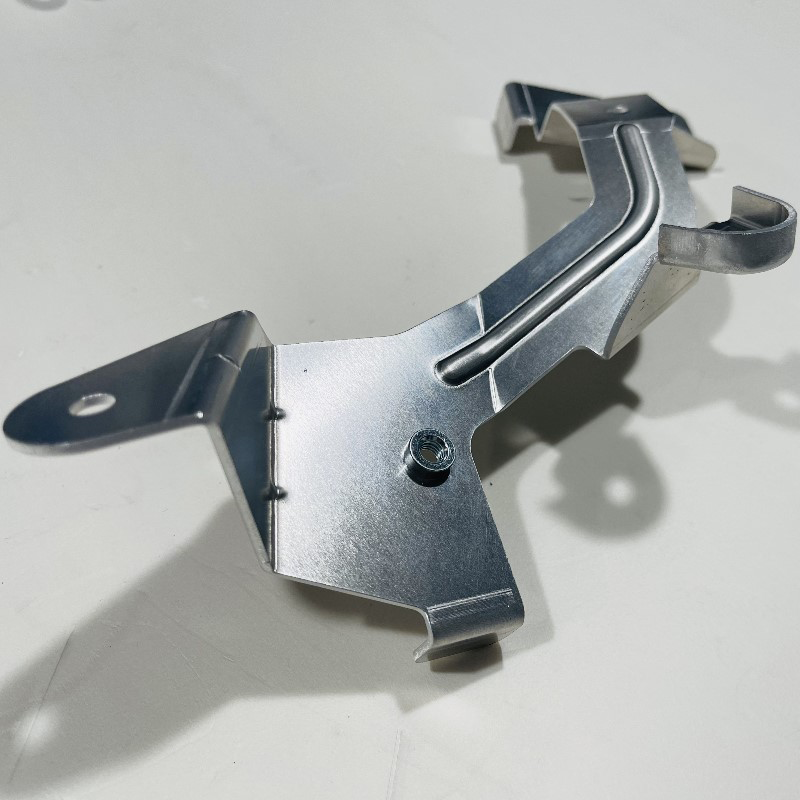Email format error
Email cannot be empty
Email already exists
6-20 characters(letters plus numbers only)
The password is inconsistent
Email format error
Email cannot be empty
Email does not exist
6-20 characters(letters plus numbers only)
The password is inconsistent

Metal Bending service
At Future Parts, we take pride in offering exceptional metal bending services for the production of high-quality custom prototypes and production parts. Our goal is to help you achieve the best possible bending results while keeping costs low and ensuring fast turnarounds.
We understand the importance of efficiency in the manufacturing process. That’s why we provide a free quotation with a Design for Manufacturability (DFM) review within just one day. Our team of experts will carefully assess your project and provide valuable insights to optimize your design for bending, ensuring seamless production and minimizing any potential issues.
The Details of product
Effective metal bending applies enough force beyond the metal’s yield strength to cause the material to deform without breaking. With different types of metal bending techniques available, you can achieve various shapes and geometries for your desired applications.
- Part Accuracy: With the right design and program input, the CNC machine controls the bending process to ensure that every bend is done at the exact angle and at the right length. This increases the accuracy and repeatability of the process.
- Smooth Finishes: An efficient bending process does not involve welding, ensuring no marks are left on the custom metal parts. CNC sheet metal bending services are also compatible with various finishing processes to provide better aesthetic results.
- Maximum Productivity: The sheet metal bending process can be easily synchronized with an automated set-up to allow the bending tool to complete the process within the shortest period. This capability ensures maximized output.
- Cost-effective: Production for Small Volume The automation of the bending process for maximum productivity ensures cost-effectiveness. Labor requirements are also low, ensuring that the operation is relatively inexpensive.
Metal Bending Capabilities
Future Parts’s sheet metal bending services follow ISO 2768 standards ensuring that we offer customers excellent quality prototypes and production parts. We combine highly advanced metal bending machines with skilled technicians for accurate bending. Our capabilities are suitable for rapid prototyping and production.
|
Standards |
Description |
|
Maximum Part Size |
1.5 m x 1.5m |
|
Metal Bending Forces |
Up to 1000 tons |
|
Bending Line Length |
Up to 7200 mm |
|
Bending Thickness |
Up to 60 mm |
|
General Tolerances |
Our metal bending standards depend on ISO 2768. |
|
Bend to edge/hole, single surface |
+/- 0.254 mm (+/- 0.010 in.) |
|
Bend Radius |
Be equal to material thickness |
|
Bend Angle |
+/- 1° |
|
Bending Cutting Area |
Up to 4000 mm |
|
Lead Time |
5 days or more |

- Metal Bending Materials
Future Parts’s metal bending service is compatible with many high-quality materials with different thicknesses. Our facility has ultra-modern equipment to bend materials across different mechanical and thermal properties. Check out some of the materials available for your project.
- Aluminum
Commercially, aluminum is the most sought-after material for sheet metal manufacturing. Its popularity is due to its adaptive qualities and its high thermal conductivity and low resistance rates. Compared to steel—another common sheet metal material—aluminum is more cost-effective and has a higher rate of production. The material also generates the least amount of waste and can easily be reused.
Subtypes: 2024, 5052, 5083, 6061, 6063, 6082, 7075
- Copper
Copper is a broadly used sheet metal fabrication material in many industries as it offers good malleability and ductility. Copper is also well suited for sheet metal fabrication because of its excellent heat conduction properties and electrical conductivity.
Subtypes: C101, C110, C103, C27400, C28000. C36000
- Steel
Steel offers a number of beneficial properties for industrial applications, including rigidity, longevity, heat resistance and corrosion resistance. Steel sheet metal is ideal for producing complex designs and parts that require extreme precision. Steel is also cost-efficient to work with and has excellent polishing properties.
Subtypes: 1018, 1020, 1025, 1045, 1215, 4130, 4140, 4340, 5140,A36,ST37
Finishing Options for Metal Bending
Improve the surfaces of your bending parts and finished products with outstanding surface finishing options. Future Parts offers various finishes to enhance the product’s aesthetic look and other properties.
|
Name |
Decsription |
Materials |
Color |
Texture |
|
Anodizing |
Anodizing improves corrosion |
Aluminum |
Clear, black, grey, |
Smooth, |
|
Bead Blasting |
Bead blasting results in parts |
ABS, Aluminum, |
N/A |
Matte |
|
Powder Coating |
Powder coating is a type of |
Aluminum, |
Black, RAL code |
Gloss or |
|
Electroplating |
Electroplating can be functional, |
Aluminum, steel, |
N/A |
Smooth, glossy |
|
Polishing |
Polishing is the process of |
Aluminum, Brass, |
N/A |
Glossy |
|
Brushing |
Brushing is a surface treatment |
ABS, Aluminum, |
N/A |
Satin |

The Application of product
Many industries worldwide are gradually transitioning to laser cutting technology because it provides additional benefits such as precision, tight tolerance, flexibility, clean finish, enhanced productivity, and design complexity. For prototype or full-scale manufacturing, switching to laser cutting will help saving time and money.
- Aerospace
The laser cutting technology helps to cut aluminum, stainless steel, and titanium for aerospace engineering. Intricate pieces, high-strength aluminum alloys, and various rare metals are cut with a low HAZ and tight tolerance with the help of the laser cutting process.
- Automotive
Precision laser cutting allows for the assembly of complex automotive pieces. Laser metal cutting tools can accurately process automotive parts such as brakes, exhaust pipes, doors, etc. Part and serial numbers can also be engraved on produced items.
- Medical Devices
Laser cut parts are used in the medical sector to produce everything from beds and trolleys to diagnostic equipment, orthopedic rods, aluminum brackets, and surgical tools. Precision laser cutting creates flexible shafts, vascular clips, bone reamers, valve frames, hones, etc.
- Electronic Components
The capacity of laser technology to cut intricate components, swiftly switch between different materials and cause little heat damage to the surrounding region are the key reasons for its extensive usage in this sector. Some applications include multi-layer circuit boards, polished metal gadget enclosures, and micro SD cards.
- Kitchware
Laser cutting equipment is capable of generating very detailed designs, making them suitable for crafting ornamental objects like vases and bowls, helping you get the style wanted, from simple borders to complex designs on pots and pans.
- New Energy Industry
Laser cutting technologies are used in the new energy industry to accurately cut solar cells and thin film materials, reducing waste and increasing efficiency. The laser cutting process also helps with the clean and precision cutting of lithium-ion batteries, which is critical for maintaining the batteries’ optimal performance.










